A critical shortage of nasopharyngeal swabs (NS) in the early period of the pandemic led to the designing of a new type of swab that is a comfortable, easy to use and improved point care device. The Department of Radiology at the University of South Florida Health in Tampa devised a 3D printer swab device, which printed around more than 100000 3D NS.
Summer Decker, the Ph.D. Professor reported, “to date, the hospitals worldwide have produced tens of millions of more swabs using the 3D printer for point care use.”
Understanding the mechanism of transmission, the first region to collect the sample is the nasopharyngeal region. Currently, the flocked swabs are the standard device for diagnosing COVID 19, which collects the nasal secretion samples from the back of the nose and throat for laboratory analysis that consists of a narrow plastic rod with a tip covered with polyester material.
The final prototype was developed using Formlabs printers and surgical grade resin, which was sent for validation before distribution. After the approval, Dr. Drecker reported, “ we instantly begin testing the 12 designed developed and printed only 3 to test on ourselves.” The main focus of researchers was to determine the capacity of the device to gather enough viral cells for diagnosis that withholds sample for 3 days with no interference from resins.
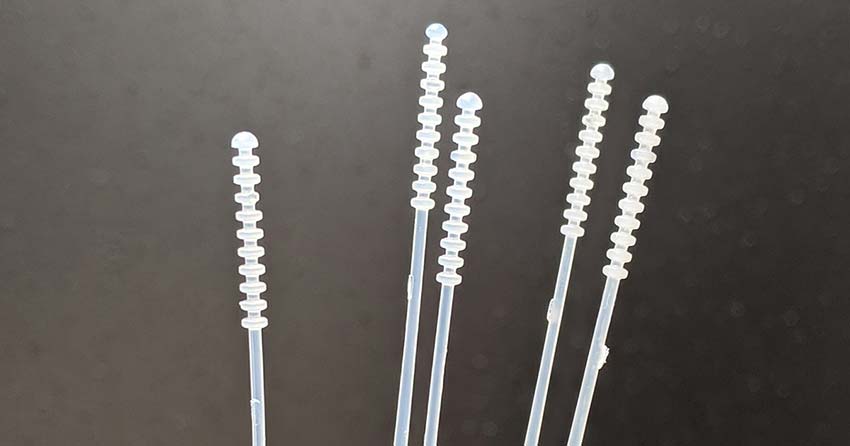
The process for the device is simple, printed swabs are rinsed in isopropyl alcohol, cured, and checked for defects. Finally, the swabs are autoclaved and packed into testing kits. The clinical trials displayed a positive outcome, indicating higher efficacy of 3D NS compared to the flocked swab.
Thus, currently, Tampa general hospital adopted this device as a standard care NS and printed more than 9000 NS per week using the 6’s printer; however, the printers take around 15 hours to print. Meanwhile, USF has applied for the patent and delivered the 3D printer free of cost to the hospital and medical device companies because they believe each hand should have it.
This novel proved radiologists play a major role in the clinical setups, especially during the crisis.

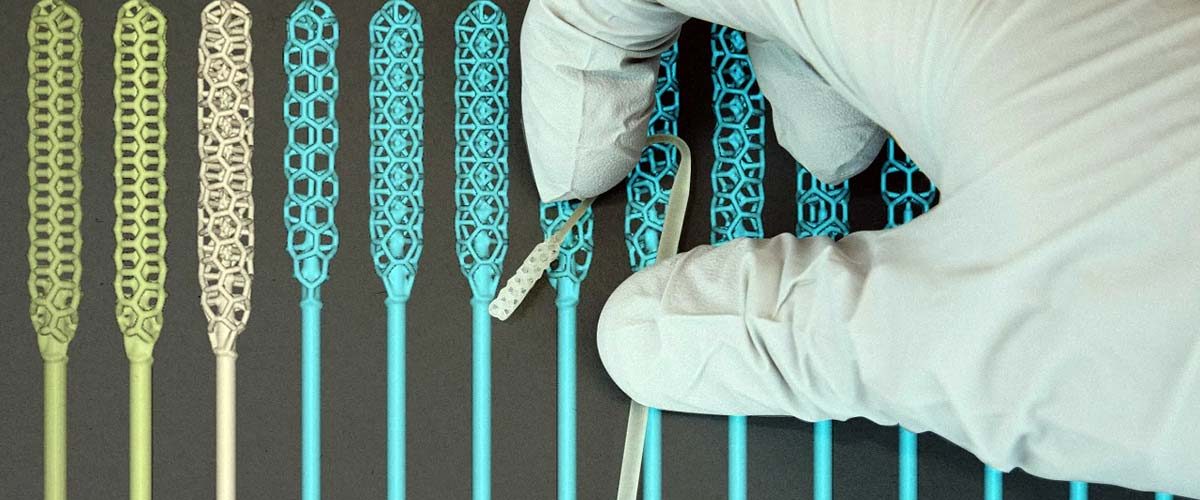
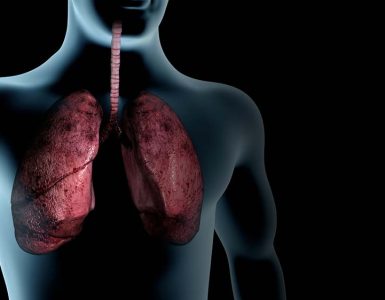
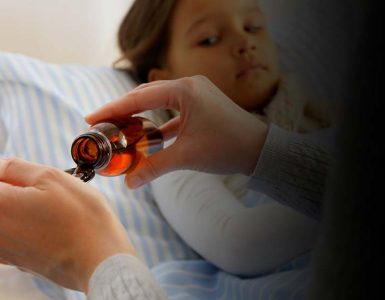
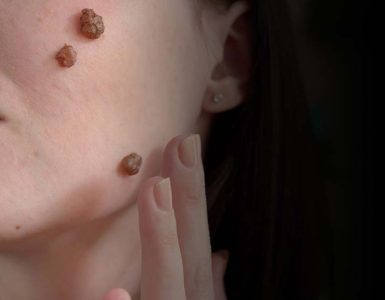











Add comment